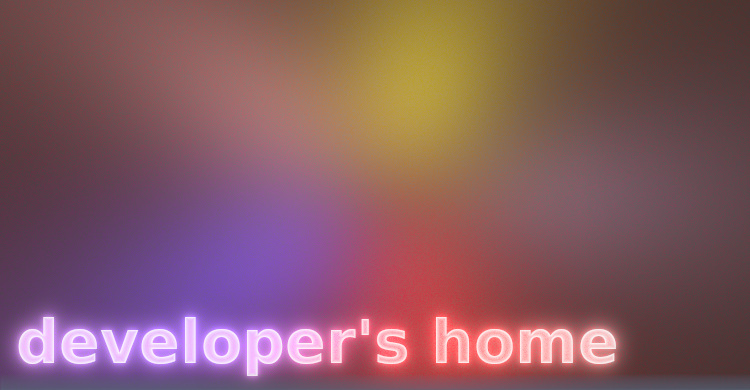2.3. The Accept-Charset Header -- Find Character Sets that are Supported by a User Agent
The Accept-Charset header specifies the character sets that are supported by the user agent. This HTTP header is useful to non-English sites. Some example Accept-Charset headers are provided below:
Nokia 6230i:
ISO-8859-1, US-ASCII, UTF-8; q=0.8, ISO-10646-UCS-2; q=0.6
Openwave Mobile Browser 6.2.2 (the Accept-Charset header value can be changed in the Options dialog of the emulator):
iso-8859-1
In the Accept-Charset header of Nokia 6230i, UTF-8 and ISO-10646-UCS-2 are assigned a quality value of 0.8 and 0.6 respectively. It means UTF-8 has a higher preference than ISO-10646-UCS-2. The default quality value is 1. So, ISO-8859-1 and US-ASCII have a quality value of 1.
If the character set used by your WAP or web site cannot be found in the Accept-Charset header, you should notify the user of the problem by sending a page that contains an error message to the mobile device. Of course the error message should be encoded in a character set that is acceptable by the user agent.
To learn further details about the Accept-Charset header, please refer to the HTTP/1.1 specification at http://www.w3.org/Protocols/rfc2616/rfc2616-sec14.html#sec14.2.
| Previous Page | Page 4 of 10 | Next Page |

